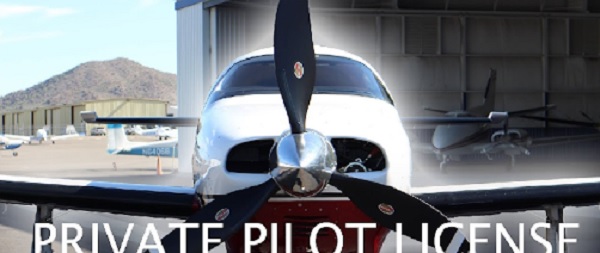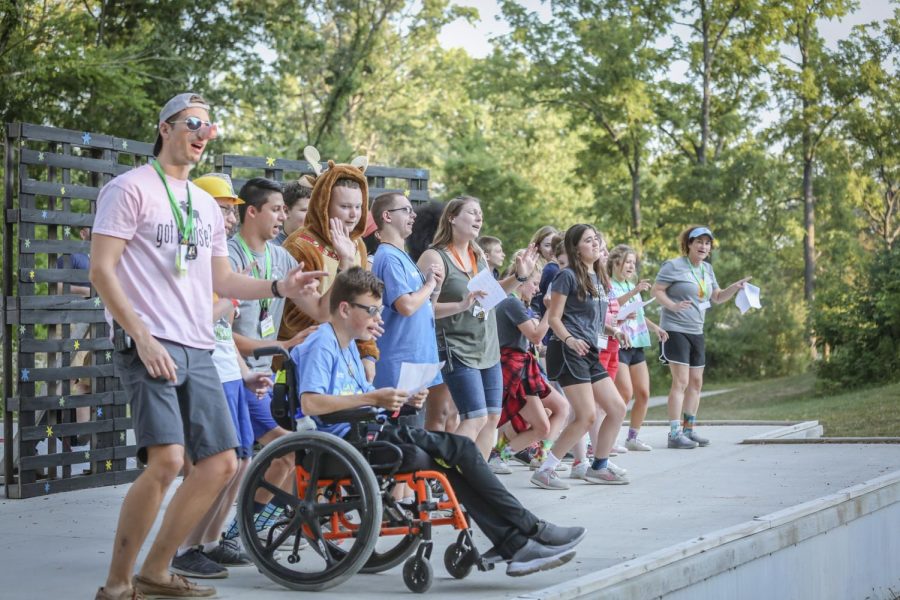Have you ever dreamed of flying a private plane? Before making those dreams a reality, you will first get your Private Pilot License. While this might seem like a complicated process, there is good news – getting a Private Pilot License is not as difficult as it may appear. You will learn how much you should expect to study and practice for each FAA written test, all the way to getting your pilot’s certificate. Here is a guide to provide you with the knowledge and confidence you need to succeed in your quest to become a licensed private pilot.
1. Check Your Acceptability Into A Flight School
Congratulations on your decision to become a pilot. Next, we look at how to get a private pilot license. Before you go any further, you first need to know if you are eligible and meet the requirements necessary to get a Private Pilot License. According to U.S. Federal Aviation Administration (FAA), there are requirements for obtaining a Private Pilot License.
With determination and perseverance, you can become a real pilot. For starters, consider the age requirement for becoming a pilot. FAA requires a minimum age of 16 years and reading and writing ability to get admission into a flight school. Having a high school diploma or GED credentials will play a significant role in your acceptance to a flight school.
2. Get A Third Class Medical Certificate
After confirming your eligibility to join a flight school, the first step is to receive your student pilot license. Before getting your private pilot flying license, you will have to obtain a medical exam from an Aviation Medical Examiner after passing the AME exam. You can identify a certified local AME from the FAA list on their website. Obtaining a student pilot license and a third-class medical certificate is a crucial step towards kick-starting your dream of becoming a certified private pilot.
3. Identify Your Certified Flight Instructor (CFI) and Aircraft
Identifying an aircraft and a certified flight instructor (CFI) is an essential milestone in becoming a certified private pilot. Your CFI will introduce you to flying and train you from ground school through your checkride. It is vital to make a good choice in selecting a flight instructor because you will be spending much of your time with them.
Be sure to do extensive research on various CFI’s in your area and ask for references before deciding. Make sure that both you and the instructor have similar expectations regarding when you plan on getting your private pilot certificate. It’s also crucial to find an aircraft that fits well with you and your CFI. Your CFI will also advise what types of aircraft they think match your needs best.
4. Make A Plan Of Your Training Time And Budget
Now it’s time to start thinking about your goals. The first thing you will need to do is develop a plan on how much training time you will set aside each day for your training and how much it will cost.
Having a plan will help you organize your training budget and all the procedures you need to follow to get a private pilot license. By having a plan, once you start collecting relevant information about getting the license, it would be easy for you to organize your training and daily routine.
5. Commence Your Pre-Solo Training
Congratulations, you have learned enough to take the next step in flying. To get your private pilot license, you will need to complete pre-solo training and then post-solo training with a certified flight instructor. Re-solo training starts by familiarizing students with the basic skills you require until you get in the cockpit.
On the other hand, post-solo training is one of the essential parts of obtaining a pilot license. Post-solo training allows the student to perform various necessary and mandatory maneuvers before getting an official private pilot certificate.
6. Passing The FAA Written Exam and The FAA Practical Exam
To obtain the FAA Exams, you need to pass many knowledge questions, which could be intimidating. However, you can find the answer to some of the questions in your FAA pamphlet. To achieve your confidence in passing your FAA written exam, you can enroll in your private pilot training with the KingSky Flight Academy.
After passing your FAA written exam, you now have a task to pass your FAA practical exam known as the checkride. Checkride ensures that you have all the skills you need to fly and ultimately obtain your Private Pilot License. However, you need to be at least 17 years of age to take the exam.
7. Private Pilot License (PPL) Certification
After completing your training and passing your checkride, you will receive your private pilot certification. PPL qualifies you to fly single-engine aircraft. PPL offers an opportunity to many young pilots to pursue a commercial license.
Conclusion
A private pilot license is the first step towards a professional flight career or recreational flying, but the process to obtain one can seem daunting. However, with the above basic steps and strategies, you should seamlessly achieve your dream of getting a private pilot license. You can join King Sky Flight Academy to help you achieve your goal professionally.
























